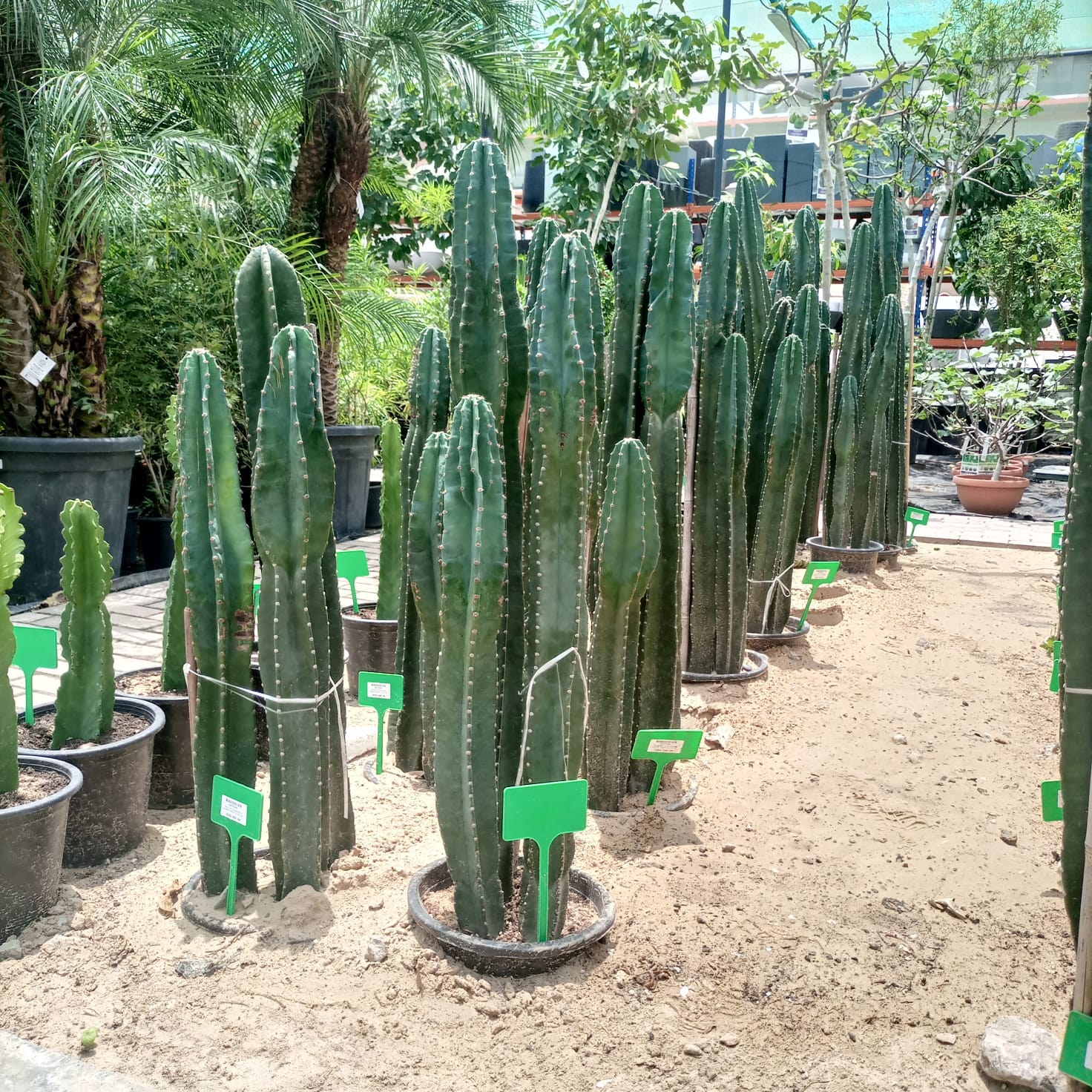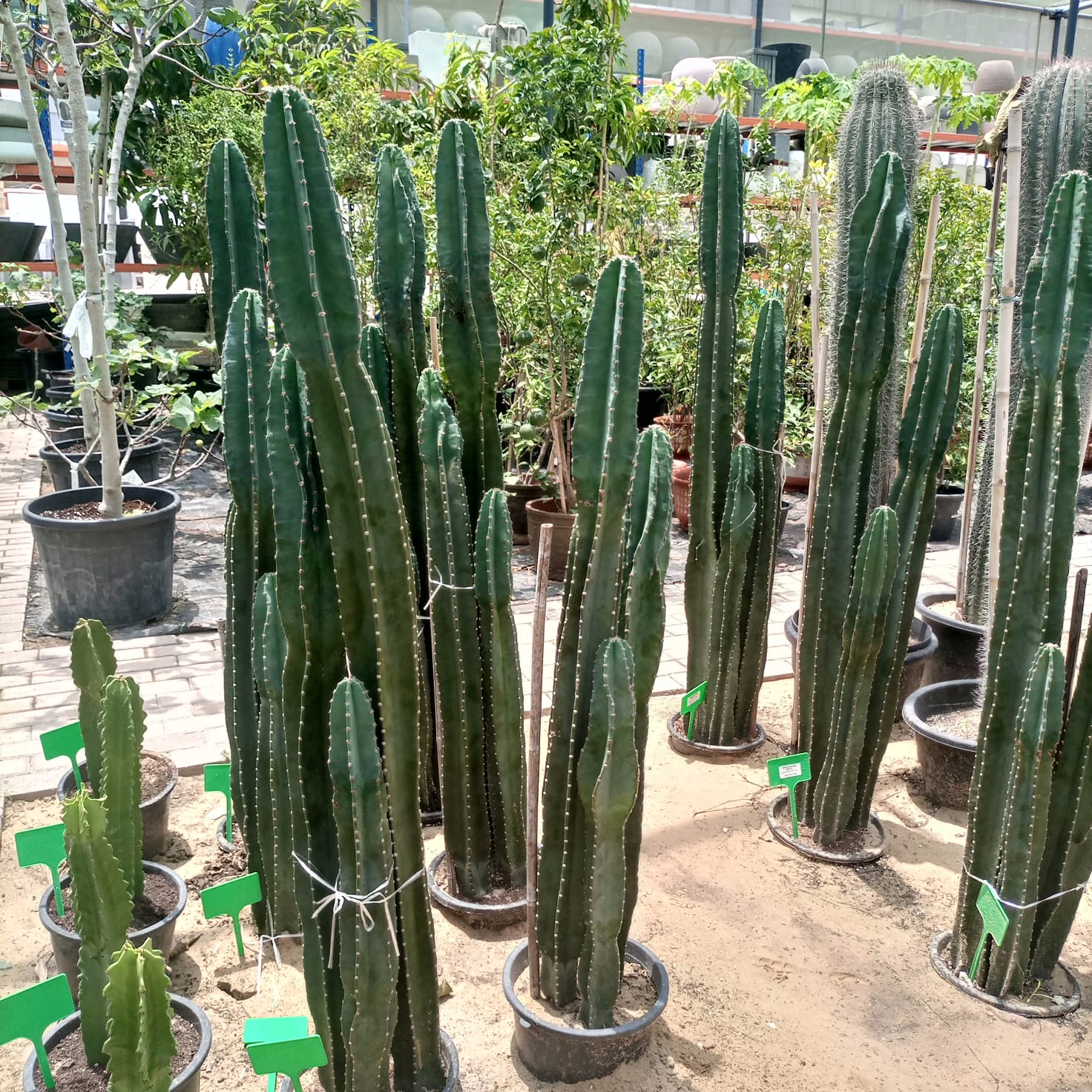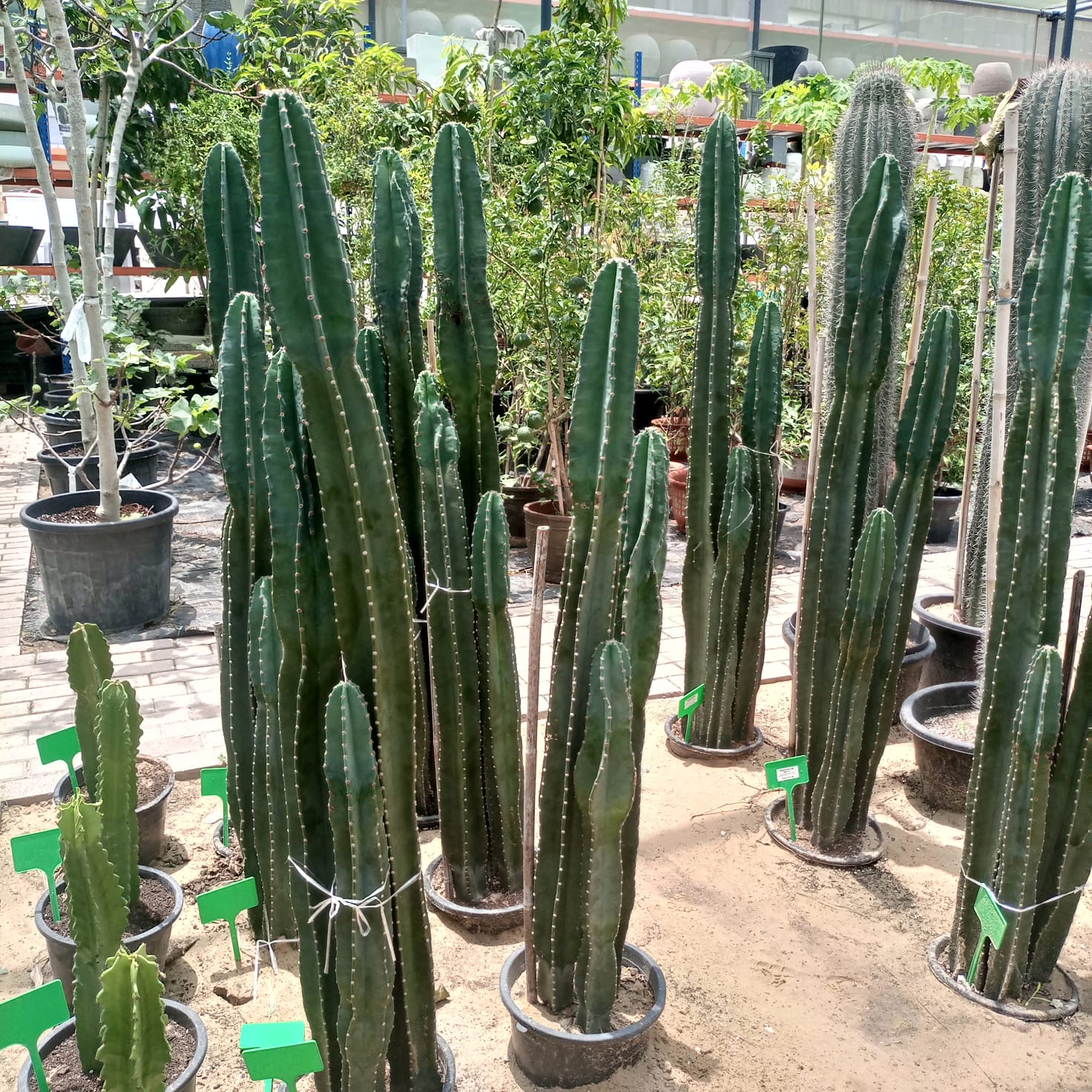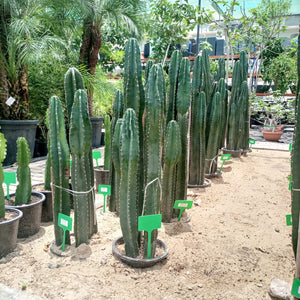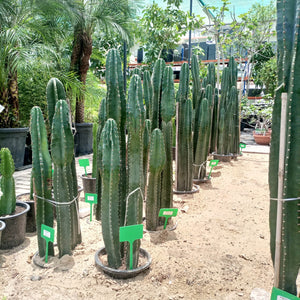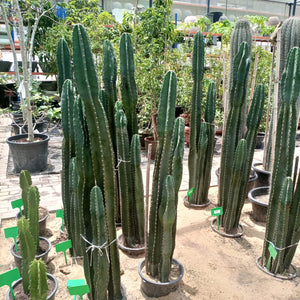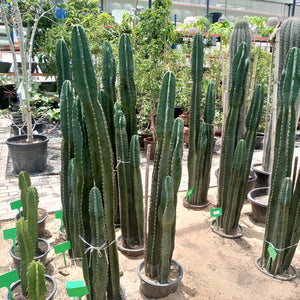Succulent Stenocereus Thurberi (San Pedro Cactus | Organ Pipe Cactus)
ضمان الخروج الآمن
حصريًا على الموقع - توصيل مجاني في دبي والشارقة
استبدال مجاني إذا تلقيت منتجًا معيبًا أثناء التسليم

Succulent Stenocereus Thurberi (San Pedro Cactus | Organ Pipe Cactus)
Stenocereus thurberi, commonly known as the Organ Pipe Cactus, is a large, columnar cactus species native primarily to the Sonoran Desert in Mexico (especially Sonora and Baja California) and the southernmost parts of Arizona, USA.
🌵 Quick Facts:
Scientific Name: Stenocereus thurberi
Common Name: Organ Pipe Cactus
Family: Cactaceae
Native Range: Sonoran Desert – Mexico and southern Arizona
Conservation Status: Not threatened, but it is protected in areas like Organ Pipe Cactus National Monument in Arizona
🌿 Description:
Growth Form: Multi-stemmed cactus with tall, upright, columnar arms (similar to organ pipes, hence the name).
Height: Typically 10–26 feet (3–8 meters), but can grow larger in ideal conditions.
Flowers:
Large, white to pinkish blossoms
Night-blooming (pollinated by bats, especially the lesser long-nosed bat)
Appear in May to July
Fruit:
Called pitaya dulce (sweet pitaya)
Edible, red to purple, and similar to dragon fruit in taste and texture
🌵 Ecological Role:
Pollinators: Bats, moths, bees
Food Source: Birds, mammals, and humans eat the fruit
Cultural Importance: Used by Indigenous peoples for food and medicine
🌞 Growing Conditions:
Climate: Hot, arid desert (USDA Zones 9–11)
Sunlight: Full sun
Soil: Well-drained, sandy or rocky
Water: Extremely drought-tolerant – water sparingly
| Size |
80 - 90 cm, 110 - 120 cm |
|---|
